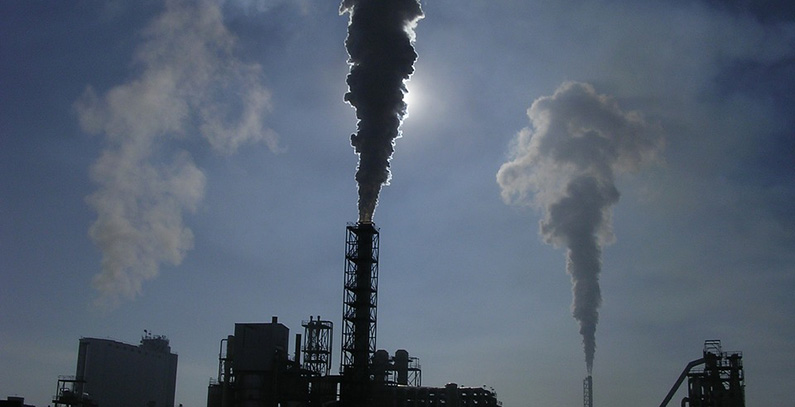
Photo: Pixabay
Lignite power plants are occupying the most positions on the 2019 list of the top three CO2 emitters in the EU member states in the region. The facilities hold 10 out of 18 positions in total in Bulgaria, Croatia, Greece, Cyprus, Romania, and Slovenia.
After coal-fired power plants, the second-largest group of emitters are cement factories – in Croatia, Cyprus, and Slovenia, and the third are the gas- and oil-fueled power plants in Cyprus.

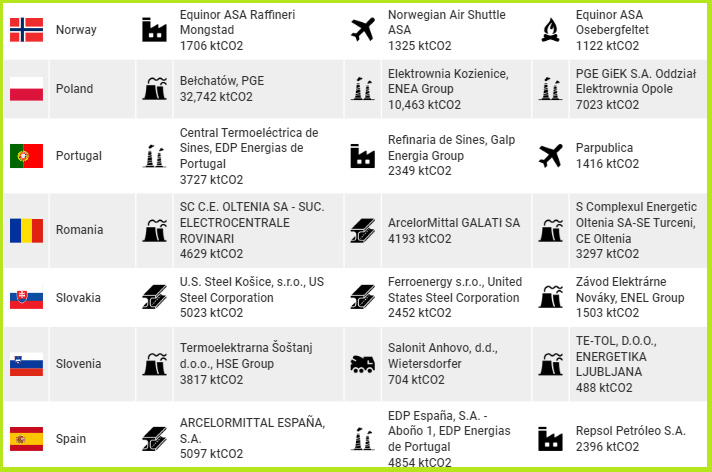
(Here you can see the entire list.)
According to the analysis, produced by think tank Ember, lignite power plants still dominate Europe’s top 10. The biggest emitter is Poland’s Belchatów lignite power plant, followed by six lignite plants in Germany.
Only one power plant from the region was included – thermal power plant (TPP) Maritsa East 2, operated by Bulgaria’s state-owned utility Bulgarian Energy Holding. The analysis is based on the preliminary data on emissions last year9 under the European Union Emissions Trading System (EU ETS).
EU ETS emissions reduced 8.7%
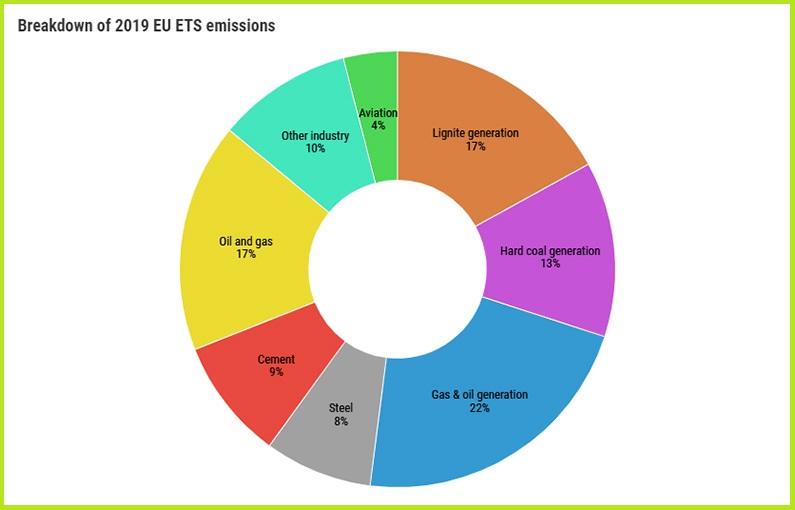
Emissions of greenhouse gases from all operators covered by the EU ETS fell 8.7% last year, as a drop of 9% was measured for stationary installations and the volume grew 1% in the aviation sector, the European Commission said in a press release.
Half of the drop in the power sector came from switching to gas from coal, while the remainder is attributed to new wind and solar installations
The power sector accounted for over half (52%) of EU ETS emissions in 2019. The segment dropped 13% in nominal terms or by 129 megatons, due to the coal collapse. Emissions from systems using hard coal as fuel fell by 28% (81 MT) compared to 18% (60 MT) for lignite, offset by a 3% (12 MT) rise in gas and oil-fueled power plants.
Half of the drop in the power sector came from switching to gas from coal, while the remainder is attributed to new wind and solar installations, Ember said.
Lignite power plants emitted 17% of all EU ETS emissions, yet generated only 9% of Europe’s electricity. Facilities using hard coal accounted for 13%, despite generating only 10% of Europe’s electricity, Ember said.
Steel sector was the biggest CO2 emitter in seven countries
For the first time, coal-fired blast furnaces were the biggest emitters in both the Netherlands and Spain. They also hold top positions in the UK, France, Austria, Finland and Slovakia, Ember said.
The steel sector makes up 8% of EU ETS emissions.
Steel production will require huge amounts of zero carbon electricity
While traditionally considered hard to decarbonise, the technology to make coal-free steel is developing quickly. In the future, steel production – either powered by electrolysed hydrogen or powered directly by electricity using electric arc furnaces (EAFs) – will require huge amounts of zero carbon electricity from wind and solar, Ember said.

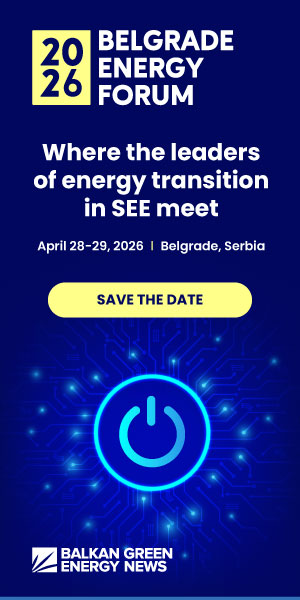




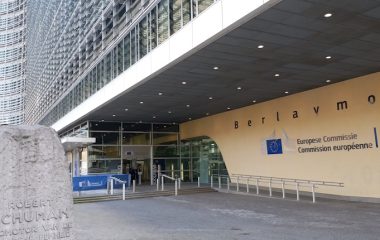


Wow thanks for the great insight!
Was suprised to see how big the coal industry actually is in so many countries and even more so by the existential drop of electricity generation from lignite coal burning!??